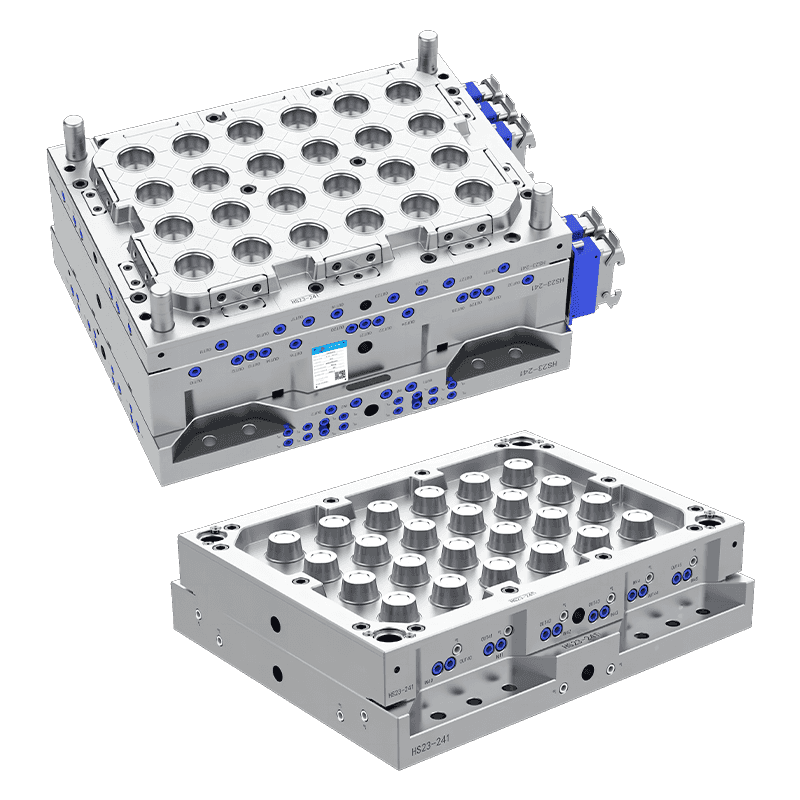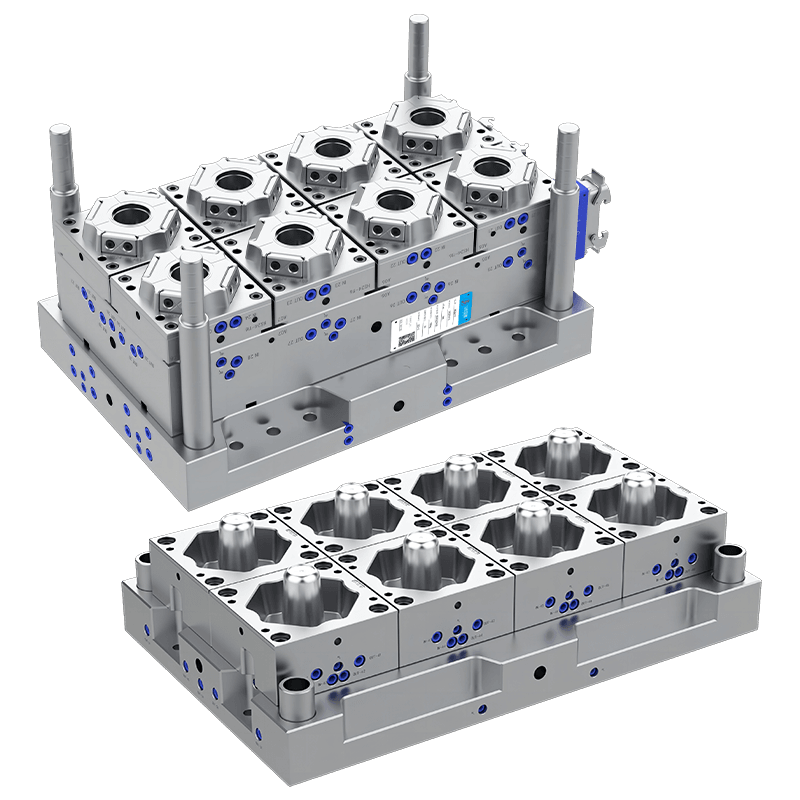Precision Plastic Injection Molding: The Ultimate Guide
Precision plastic injection molding is a sophisticated manufacturing process known for its accuracy and efficiency in producing high-quality plastic parts. This process is essential in various industries, from automotive and medical devices to consumer goods and electronics. The success of precision plastic injection molding lies in its ability to create parts with tight tolerances and intricate details.
Key Aspects of Precision Molding
Design and Engineering: The foundation of precision molding starts with meticulous design and engineering. Advanced CAD (Computer-Aided Design) software is used to create detailed 3D models of the parts. These designs must account for material properties, mold flow, and potential shrinkage to ensure the final product meets exact specifications.
Material Selection: Choosing the right plastic material is crucial. Materials such as engineering plastics and high-performance polymers are often used to achieve the required precision and durability. Each material has unique properties that affect the molding process and the final product's performance.
Mold Construction: The mold itself must be crafted with high precision. It is usually made from high-quality steel or aluminum and designed to accommodate the specific requirements of the part. Precision machining techniques ensure that the mold's cavities are accurate, resulting in consistently high-quality parts.
Injection Process: The plastic material is heated until it becomes molten and then injected into the mold under high pressure. The precise control of temperature, pressure, and cooling rates is essential for achieving the desired part characteristics.
The Charm of Cheap Plastic Molding
Cheap plastic molding, often associated with cost-effective manufacturing solutions, offers a range of benefits that make it an attractive option for many businesses. This approach to molding can be particularly advantageous for producing high volumes of plastic parts at a lower cost.
Advantages of Cheap Plastic Molding
Cost Efficiency: The primary appeal of cheap plastic molding is its cost-effectiveness. By using less expensive materials and simplified molds, manufacturers can significantly reduce production costs. This is particularly useful for high-volume runs where economies of scale come into play.
Speed of Production: With lower costs often comes the benefit of faster production times. Simplified molding processes and less complex molds can bring about quicker turnaround times, making it easier to meet tight deadlines and market demands.
Accessibility for Small Businesses: Cheap plastic molding makes it possible for smaller businesses and startups to enter the market without a significant initial investment. This accessibility helps foster innovation and competition by enabling more players to participate in the industry.
While cheap plastic molding offers many benefits, it is important to consider the trade-offs, such as potential reductions in precision and durability compared to more expensive options. Balancing cost with quality is key to ensuring that the final products meet the required standards.
The History of Polyurethane Plastic Molding
Polyurethane plastic molding has a rich history marked by innovation and versatility. Polyurethane, a polymer composed of organic units joined by carbamate (urea) links, was developed in the mid-20th century. Since then, it has become an integral material in various molding applications.
Early Developments
The development of polyurethane can be traced back to the 1930s when chemist Otto Bayer and his colleagues at the Bayer Chemical Company synthesized this versatile polymer. Their work laid the foundation for the creation of polyurethane materials, which would later revolutionize plastic molding.
Advancements in Molding Techniques
In the 1950s and 1960s, the use of polyurethane in molding became more widespread. The development of various molding techniques, including reaction injection molding (RIM), enabled manufacturers to produce complex shapes and parts with enhanced performance characteristics. This era saw significant advancements in the processing and application of polyurethane.
Applications and Innovations
Polyurethane's unique properties, such as its flexibility, durability, and resistance to abrasion, made it an attractive material for various applications. It found use in automotive parts, cushioning materials, and insulation products. Innovations in polyurethane molding continued through the late 20th and early 21st centuries, expanding its use in industries such as construction, healthcare, and consumer goods.
Contact Us
Email: [email protected]; Or fill out the contact form below.

 English
English 中文简体
中文简体 русский
русский Español
Español Français
Français




